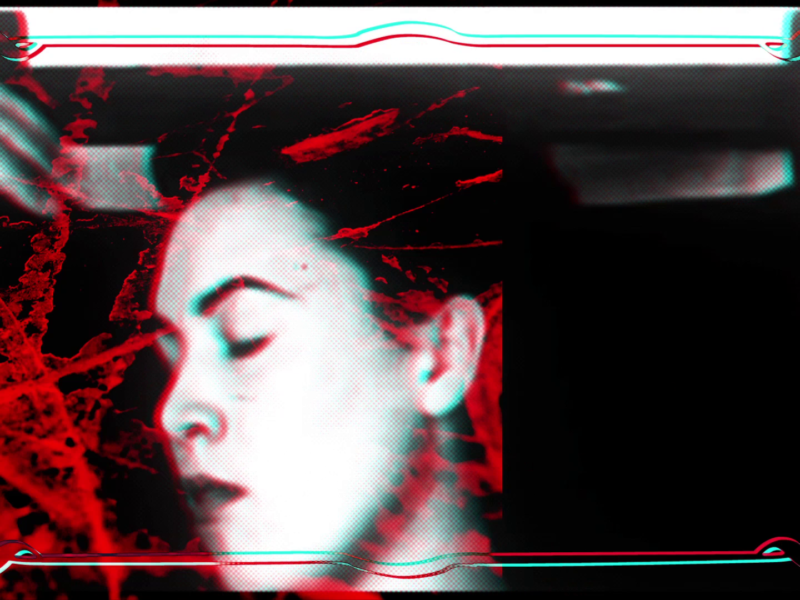White Noise
WHITE NOISE
written and directed by Francesca Fini
for 100X100=900 collective videoart project (9hundred.org/)
starring Letizia Lucchini
photography Jurek Kralkowski
director’s assistant Federico Trimarchi
photography assistant Emanuela Head
music “Rosecroft Mews” by Basic Printer
(freemusicarchive.org/music/Basic_Printer/)
We see a woman immersed in a neutral white. The woman sits in front of a television that transmits statics. But then we see something sticking out from the screen, a red woolen thread. The woman grabs the thread and pulls it; at that point the TV starts transmitting a series of images of the ’60s in America: propaganda films and old commercials, the journey of a man in space and a nuclear testing site. It ‘s like the red thread that she is now beginning to knit is the thread of time, as if in its unraveling it is unraveled the history of that period, in a web of contradictory images. The ’65 is a symbolic year that summarizes all the contradictions of the world recovered from the Second World War: there is a feverish push towards the future accompanied by hysterical terror for the present threatened by the Cold War and inflamed by the spread of the civil rights movement. So while the two superpowers challenge each other on Earth and in space, with the journey of the Soviet astronaut Aleksei Leonov and the achievements of the NASA Gemini project, while the world watches the moon with dreamy look, in the U.S. the first combat troops leave to Vietnam and the infamous Bloody Sunday is consumed, the first march from Selma to Montgomery when 600 civil rights activists were violently attacked by the police. While industrial design, fashion, art and literature are projected to futuristic scenarios, and all around ideas of freedom and equality are spreading, blind ancestral violence seems to dominate every day life. The images in the TV continue to run while the woman continues to knit as if she is some kind of divinity that weaves the plot of Time. For this reason the images end on the words of Malcolm X, which I chose as the emblematic image of a stage so intense and contradictory in human history. In 1965, Malcolm X was killed in a climate of intoxication and violence in which the highest aspirations of the human spirit seem to struggle to break free from the shackles of the lower impulses. The woman assists, inert, while the woolen thread is finished. The time is up. The images wrapped in the red woolen thread became a bandage with which she covers her eyes.

